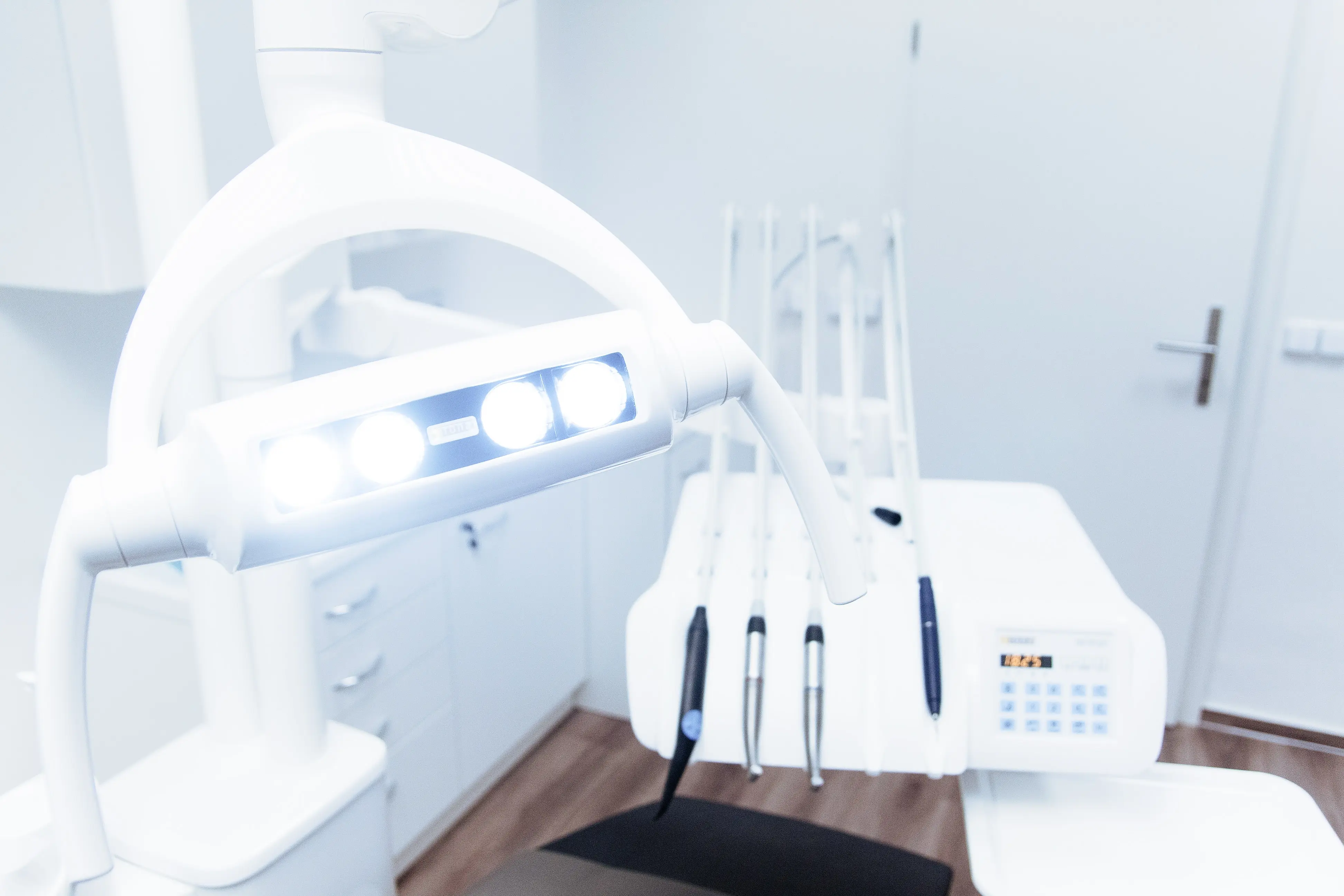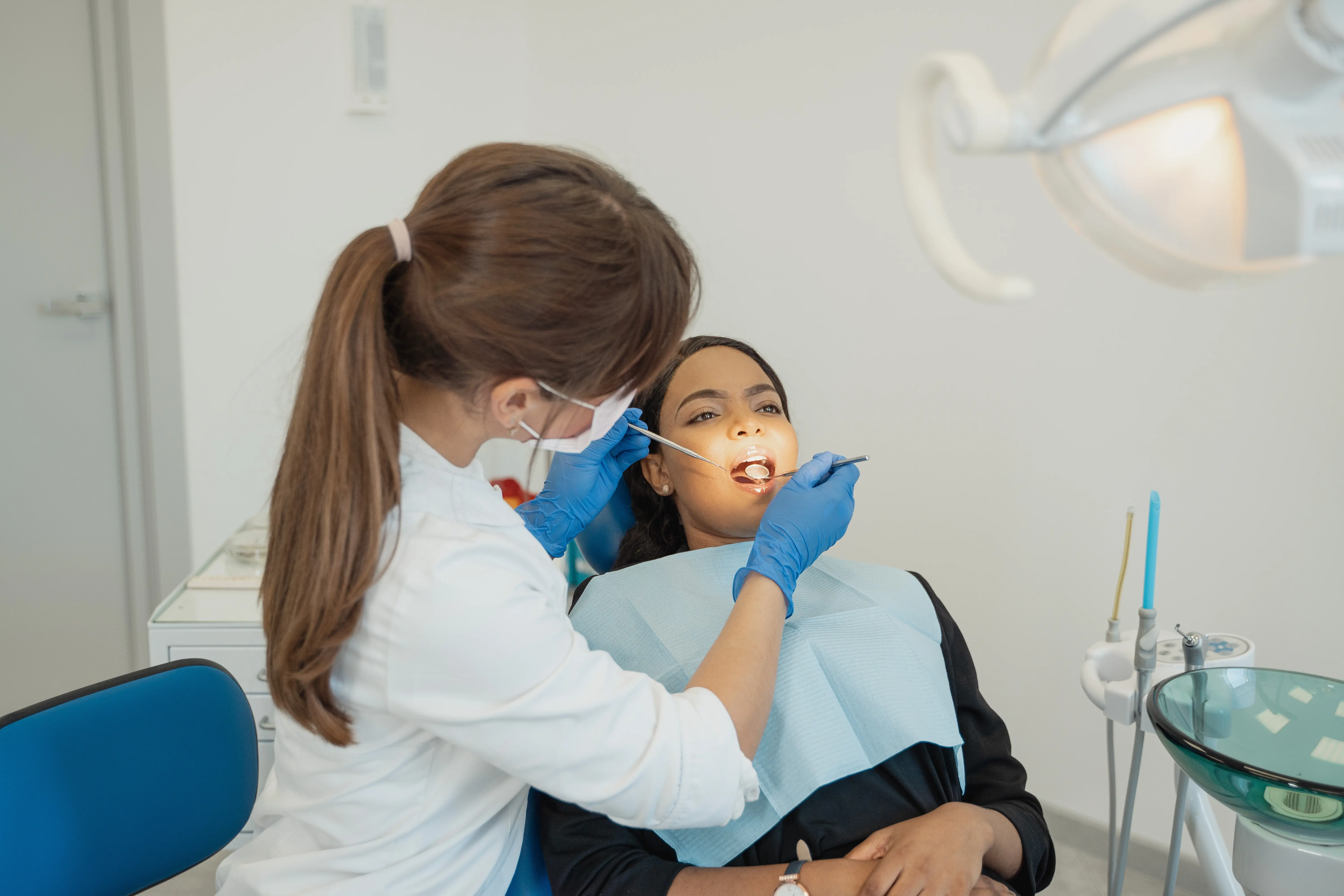
Statement of Problem
Dental health insurance in the United States is not as prevalent as other health insurance covers for other medical and health conditions. A majority of Americans do not have dental health insurance, and this is a significant problem because they end up incurring significant costs when seeking dental services. The problem of having dental health insurance in the United States needs to be analyzed more closely because the standards of health care can only be improved if everybody is able to access dental services cheaply and easily (Wang, et al., 43).
The graph below shows the extent of dental insurance cover in the United States in terms of the Medicaid Reimbursement Rates.

Factors Contributing to the Problem
The biggest factor contributing to the general lack of dental insurance in the country is the high expense of obtaining a quality dental insurance cover. The high expense is the leading reason for the fact that most people have no dental insurance, instead choosing to pay for these costs any time they need dental health services. The health insurance covers available have quoted dental services very highly, and a majority of those with dental insurance accessing it as a result of their employment positions (Patil, et al., 2).[“Write my essay for me?” Get help here.]
Similarly, a general lack of awareness about the importance of dental health insurance contributes to the low rates of insurance covers. A majority of the people do not understand the importance of dental insurance, and this has an effect because the majority of the population ends up staying without dental insurance. The fact that there is a general lack of awareness of the importance of these insurance covers as well as an approach for minding dental health contributes to the ow prevalence of dental insurance in the U.S. (Cho 28).
Solutions/Strategies
The programmatic solutions that have been employed to handle the question of low dental insurance coverage in the United States is promoting public awareness programs. There are health institutions in different parts of the country that conduct public awareness campaigns where they communicate the importance of dental health insurance to the community (Patel, et al., 4). As a bonus, they enable people within specific areas to sign up for dental health insurance covers while providing information about the importance of these covers for their overall health. Similarly, policy strategies implemented in some states across the country seek to amend the law in favor of reducing health care costs, such as dental health insurance costs to allow more people to access these services.
The government has also made attempts in the past to standardize health care costs in the country, but this has not particularly affected an increase in dental insurance in the country (Raedel 15). A majority of dental health insurance coverages in the country have been issued by employers, meaning that the rest of the population must find a way of managing to acquire dental health insurance covers for themselves. The government has identified that subsidizing costs in the future as opposed to changing health care structures in the country will be the most effective strategy for helping more people acquire dental insurance covers. Most people ignore these insurance covers because they realize they will be unable to pay the insurance premiums over time (Rosen 724).
Effects of Interventions
The interventions that have been implemented have not been entirely successful because a majority of the population still remains without dental health insurance. The awareness campaigns through different neighborhoods usually manages to attract a handful of people willing to sign up for the dental health insurance covers available. The awareness campaigns, though, are effective because they have guaranteed availability of information on dental insurance locally (Blomstedt 131). Changes to the law with regard to health care services have not streamlined the dental insurance costs effectively, and this has resulted in the lack of success of the implemented strategies.
The interventions have not effectively handled the problems surrounding the costs of acquiring quality medical services. The fact that dental health care services still remain a big expense shows that the interventions used to help streamline the costs have not been entirely successful. Cost will remain a major hindrance to the population acquiring health insurance coverage, and this will be the key challenge to handle to improve the state of dental care in the country. The interventions that will be implemented in the future will have to deal with the high expense associated with acquiring quality dental health insurance.[Click Essay Writer to order your essay]
Recommendations
The most important recommendation that will change the state of dental health insurance in the United States is a reduction in health care related costs. More people will be able to access dental health insurance covers if the associating health care costs can be subsidized to reduce the overall expenditure for the consumer. It is possible for the government to take action by subsidizing associating health care costs so as to enable dental insurance services to be cheaper and more accessible to a majority of the population (Davis, et al., 66). The subsidizing of expenses will also enable health care institutions to offer their services at a cheaper rate, and this is bound to attract more interest in dental insurance covers.[Need an essay writing service? Find help here.]

A policy change will also have to be implemented with regard to health care in the United States because it will be important to ensure that regulations exist to control the activities of insurance companies. In order for dental health insurance to become more affordable, the government will have to change some of the regulations that limit the number of people who can access dental insurance covers. Similarly, a culture change will also be important because it is necessary for each individual to understand the importance of dental health insurance in a culture where it is not considered to be very important. Spreading awareness such as through the distribution of fliers and setting up websites to provide information is an excellent recommendation to help increase dental health insurance coverage in a country where the expenses are quite high.
Blomstedt, Peter. Dental surgery in ancient Egypt. Journal of the History of Dentistry, 2013, 61 (3): 129–142.
Cho, In-Woo. Studies on People Who Work in the Field of Dentistry’s Awareness of Health Insurance Coverage for Smoking Cessation Treatment in Dentistry. Int J Clin Prev Dent2016;12(1):23-29.
Davis, Dustin M., et al. Acceptance and Use of Protective Stabilization Devices by Pediatric Dentistry Diplomates in the United States. Journal of Dentistry for Children, 2016, Volume 83, Number 2: 60-66.
Patel, Monica, et al. Parental Attitudes Toward Advanced Behavior Guidance Techniques Used in Pediatric Dentistry. Pediatric Dentistry, Volume 38, Number 1.
Patil, Anil, et al. Special Children Dental Health Care Needs…Are they Finance Proof? Journal of Down Syndrome & Chromosome Abnormalities, 2016, 2:2.
Raedel, Michael. Re-interventions after restoring teeth—Mining an insurance database. Journal of Dentistry Volume 57, 2017, Pages 14–19.
Rosen, Evan B. U.S. Dental School Deans’ Views on the Value of Patient-Reported Outcome Measures in Dentistry. Journal of Dental Education, 2016, vol. 80 no. 6: 721-725.
Wang, Shu-Li, et al. The evaluation of trustworthiness to identify health insurance fraud in dentistry. Artificial Intelligence in Medicine, 2016, Volume 75, Pages 40–50.







